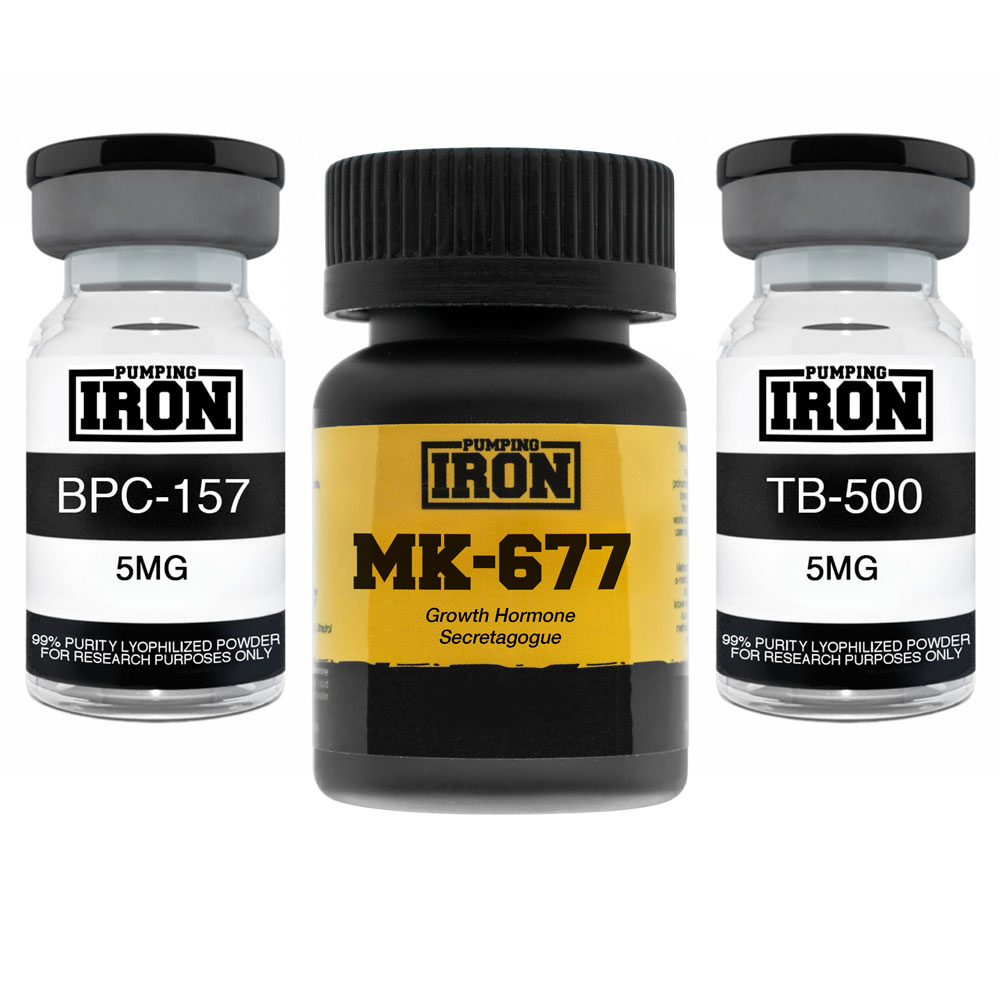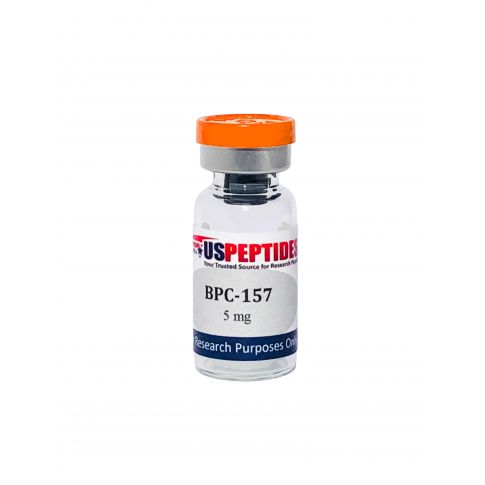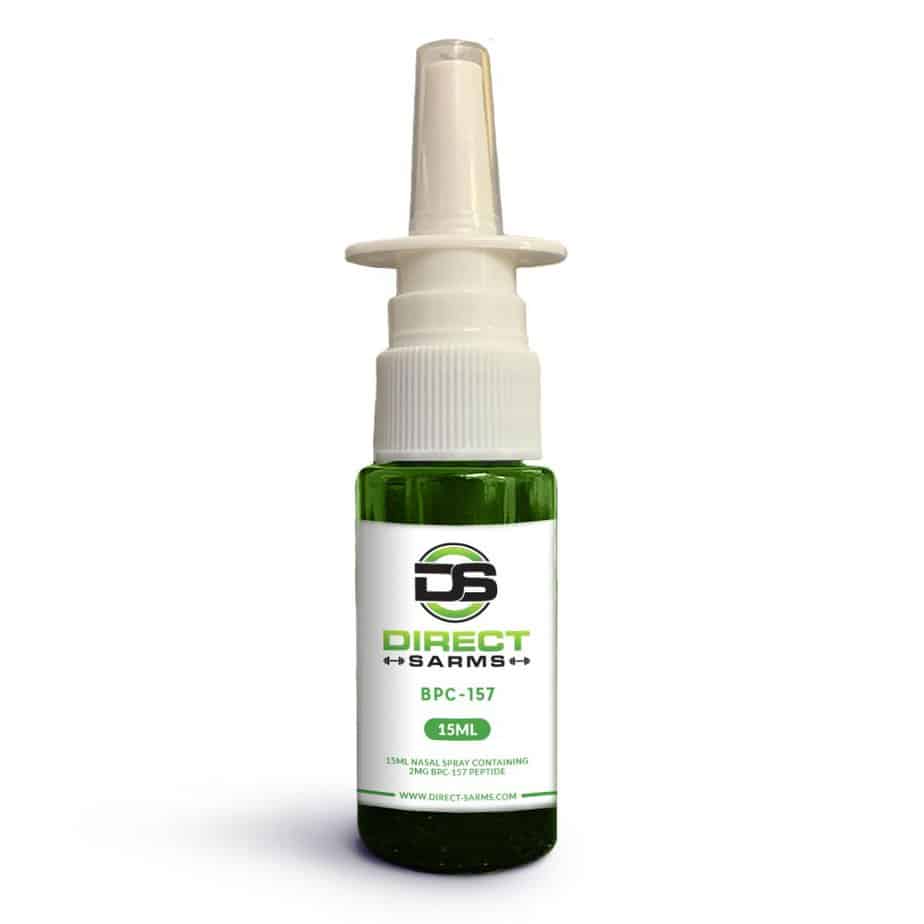
August 16, 2024
Body Protective Compound-157 Boosts Alkali-burn Wound Recovery In Viv Dddt
Bpc 157 And Capillary Bentham Scientific Research Severe bradycardia and asystole appeared as the supreme end result, at 20 ± 2 min (50 mmHg), 25 ± 5 min and 28 ± 2 min (30 mmHg and 40 mmHg), and 55 ± 8 minutes (25 mmHg) in control rats under thiopental anesthesia and at 110 ± 25 minutes in esketamine-anesthetized control rats. Nevertheless, the evidence reveals that regardless of continuously maintaining high intra-abdominal pressure, in all BPC 157-treated rats, heart feature was regularly preserved, with fewer ECG disruptions. The sinus rhythm was protected, with occasional first-degree AV block, yet without ST-elevation. This occurred in addition to regular heart microscopic discussion, unlike the myocardial blockage and sub-endocardial infarction observed in controls (Figure 11). BPC 157 (GEPPPGKPADDAGLV, molecular weight 1,419; Diagen, Slovenia) was prepared as a peptide with 99% high-performance liquid chromatography (HPLC) purity, with 1-des-Gly peptide Learn here being the primary impurity. The dosage and application regimens were as explained formerly (Duzel et al., 2017; Amic et al., 2018; Drmic et al., 2018; Vukojevic et al., 2018; Cut et al., 2019; Cesar et al., 2020; Gojkovic et al., 2020; Kolovrat et al., 2020; Vukojevic et al., 2020).Exactly How Does Bpc-157 Operate In The Body?
Particularly, these mind sores appeared to be distinctly impacted by high intra-abdominal pressure; i.e., one of the most dynamic hippocampal neuronal damages was located with the highest intra-abdominal pressure. BPC 157-treated rats revealed a couple of karyopyknotic neuronal cells in the analyzed neuroanatomic frameworks. In fact, the evidence shows that exceptional sagittal sinus high blood pressure also increased somewhat after laparotomy.Stable Gastric Pentadecapeptide BPC 157 Therapy for Primary Abdominal Compartment Syndrome in Rats - Frontiers
Stable Gastric Pentadecapeptide BPC 157 Therapy for Primary Abdominal Compartment Syndrome in Rats.
Posted: Sun, 12 Dec 2021 08:00:00 GMT [source]
Illuminating The Peptide's Device Of Action Within Systems
In the 2nd method, HUVECs (4 × 104 cells per well) in full media were all at once seeded with DMSO or BPC-157 (1 μg/ mL, 5 μg/ mL, and 10 μg/ mL) in matrigel-coated plates. The enclosed networks of tubes were photographed 12 hours later on using Canon PowerShot A640 video camera on Zeiss upside down microscopic lense with × 100 magnifying. The placement of the cells in the cell cycle was figured out by flow cytometric evaluation of the DNA web content using propidium iodide. The cells were gathered after therapy, cleaned twice with cold phosphate-buffered saline, and treated with 1 mL of cold citrate barrier (0.24 M sucrose, 40 mM sodium citrate, pH 7.6). Consequently, 0.4 mL of a PI staining/lysis option (0.5% NP-40, 0.5 mM ethylenediaminetetraacetic acid [EDTA] and 50 μL of RNase A (10 mg/mL in Tris-- EDTA barrier, pH 8.0) service were added. Clients facing gut-related distress observe enhancements, marking the peptide as a possible ally for a host of digestion problems. Envision tendons weaving back to strength, abscess yielding to reconstruction, and swollen tissues locating solace in the peptide's corrective embrace. This effective substance, once mostly linked to healing basic lacerations, now depends on the cusp of redefining treatment strategies for a breadth of disorders, its potential splashing bent on touch lives with healing luck. As expected, the tail motor feature ratings demonstrated consistent debilitation in the rats that undertook spinal cord injury and received saline postinjury. As a result, BPC 157 treatment was administered by a single intraperitoneal shot (BPC 157 (200 or 2 μg/ kg) or 0.9% NaCl (5 ml/kg)) 10 minutes after injury. The injury procedure entailed laminectomy (level L2-L3) and a 60-s compression (neurosurgical piston (60-- 66 g) of the exposed dural sac of the sacrocaudal spine).- Via a number of devices, BPC 157 has demonstrated its ability to promote outgrowth and fibroblast proliferation, generating medical effects in healing ligaments, ligaments, and muscle mass.
- Based upon present human studies, BPC-157 can be securely used for 4 weeks complied with by a two-week break.
- With each other, digestive anastomosis [10-14] and fistulas [15-20] recovery, esophagitis and stomach sore healing, alongside with saved sphincter feature [10,11,17,18,20-25] can absolutely boost the feasible medicinal peptides treatment for rat esophagogastric anastomosis.
Will BPC 157 build muscle?
More capillary mean enhanced blood circulation, nutrient supply, and elimination of waste products from muscle cells, all of which are valuable for muscle building. That stated, it''s crucial to remember that while BPC 157 does promote muscle mass growth, its main function is in recovery and reducing inflammation.


Social Links